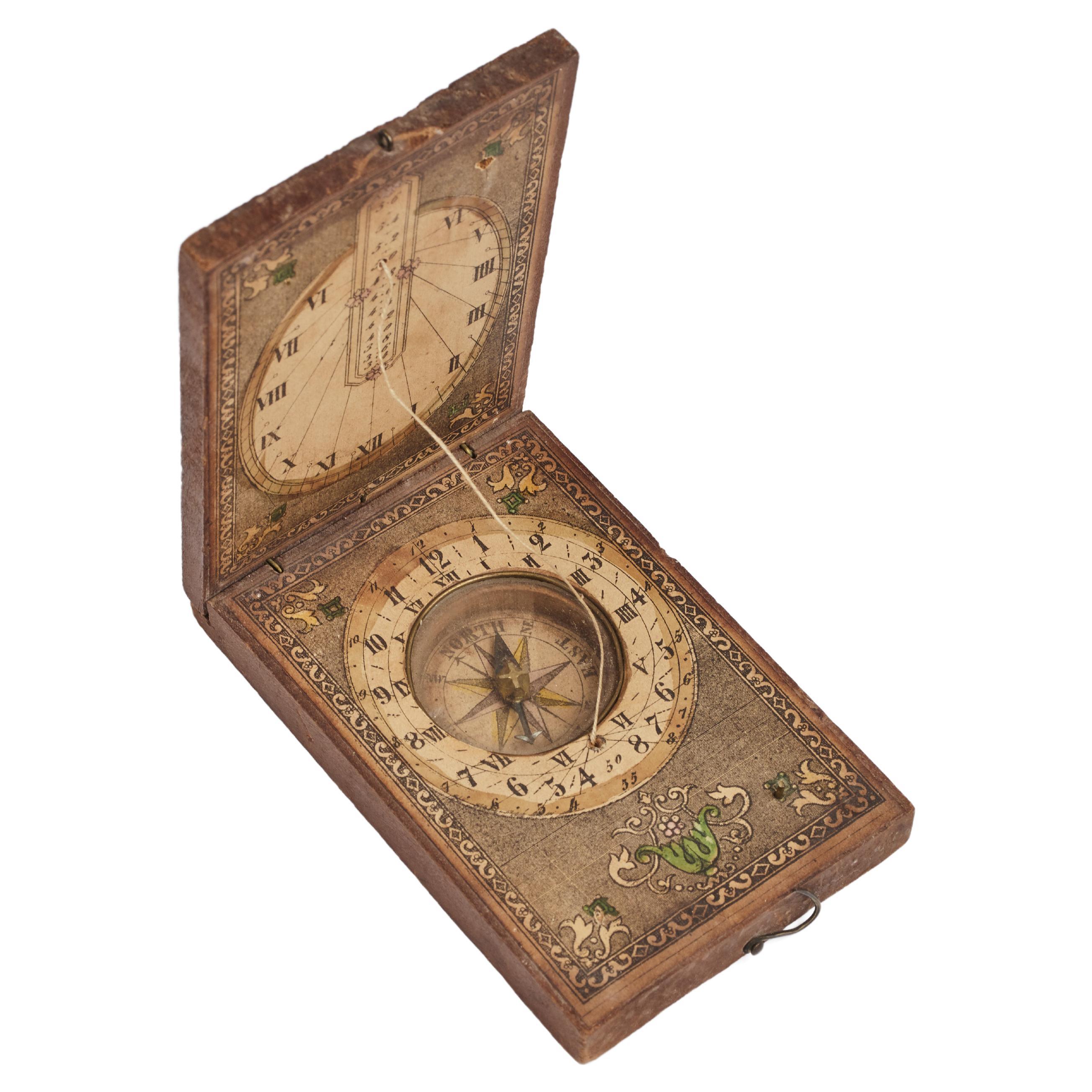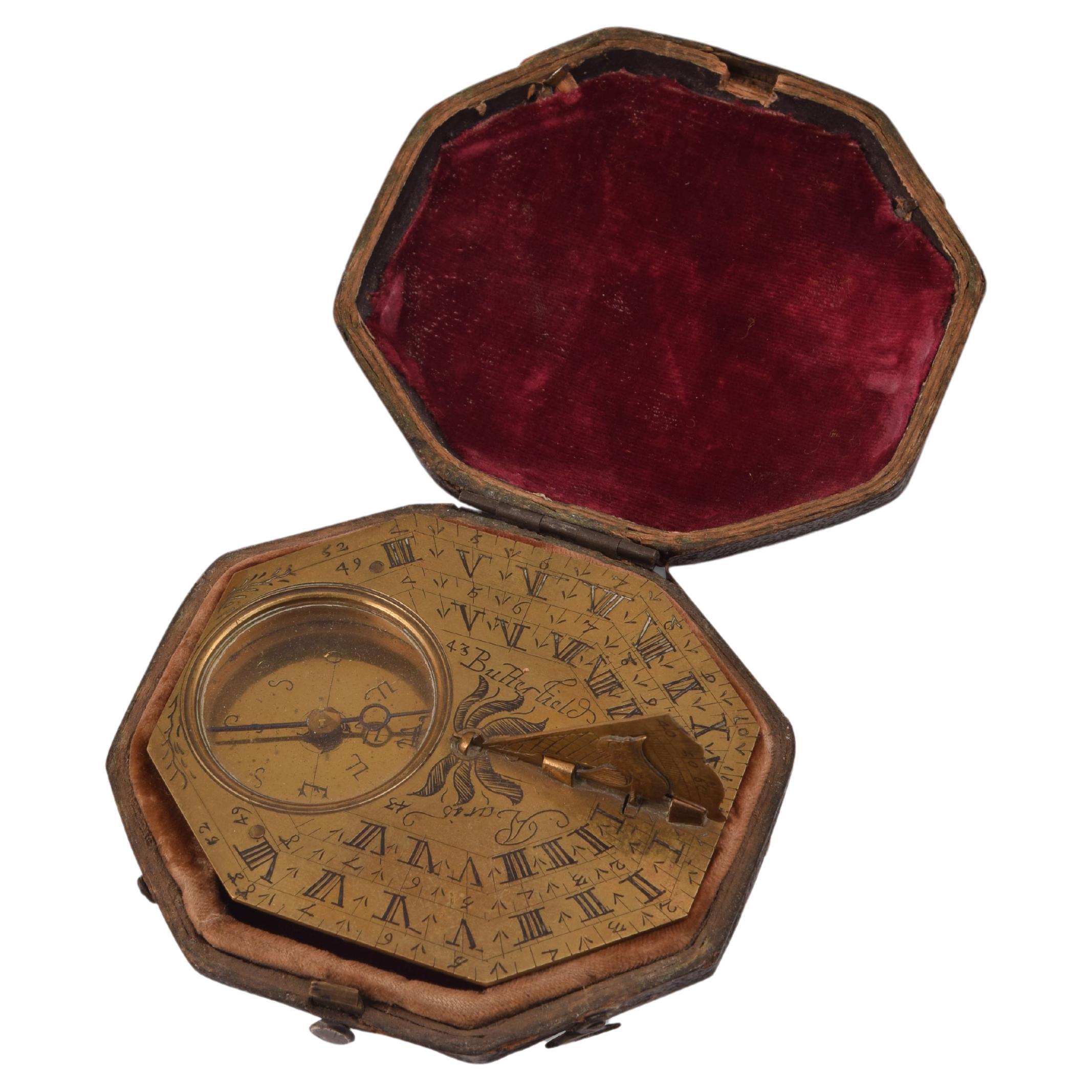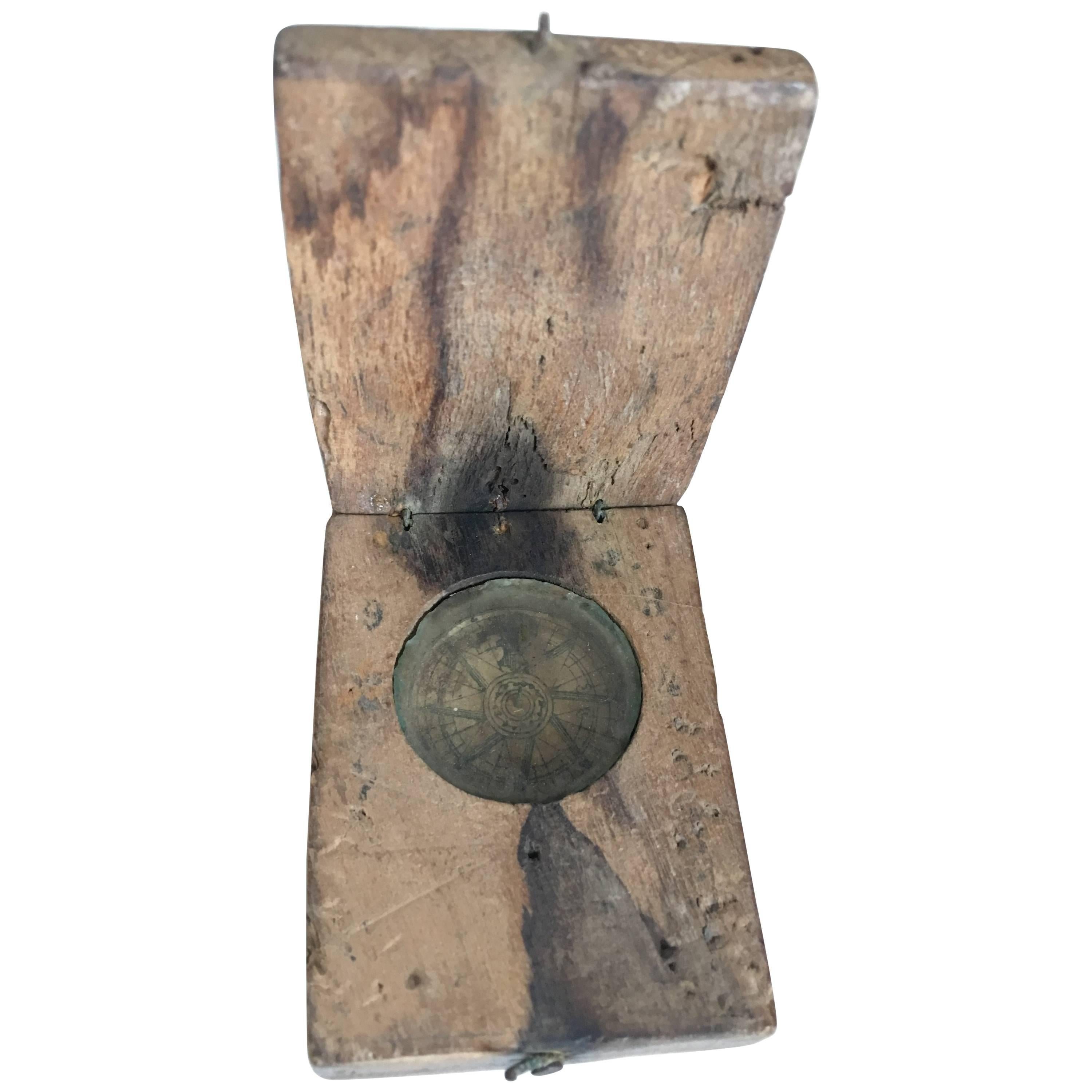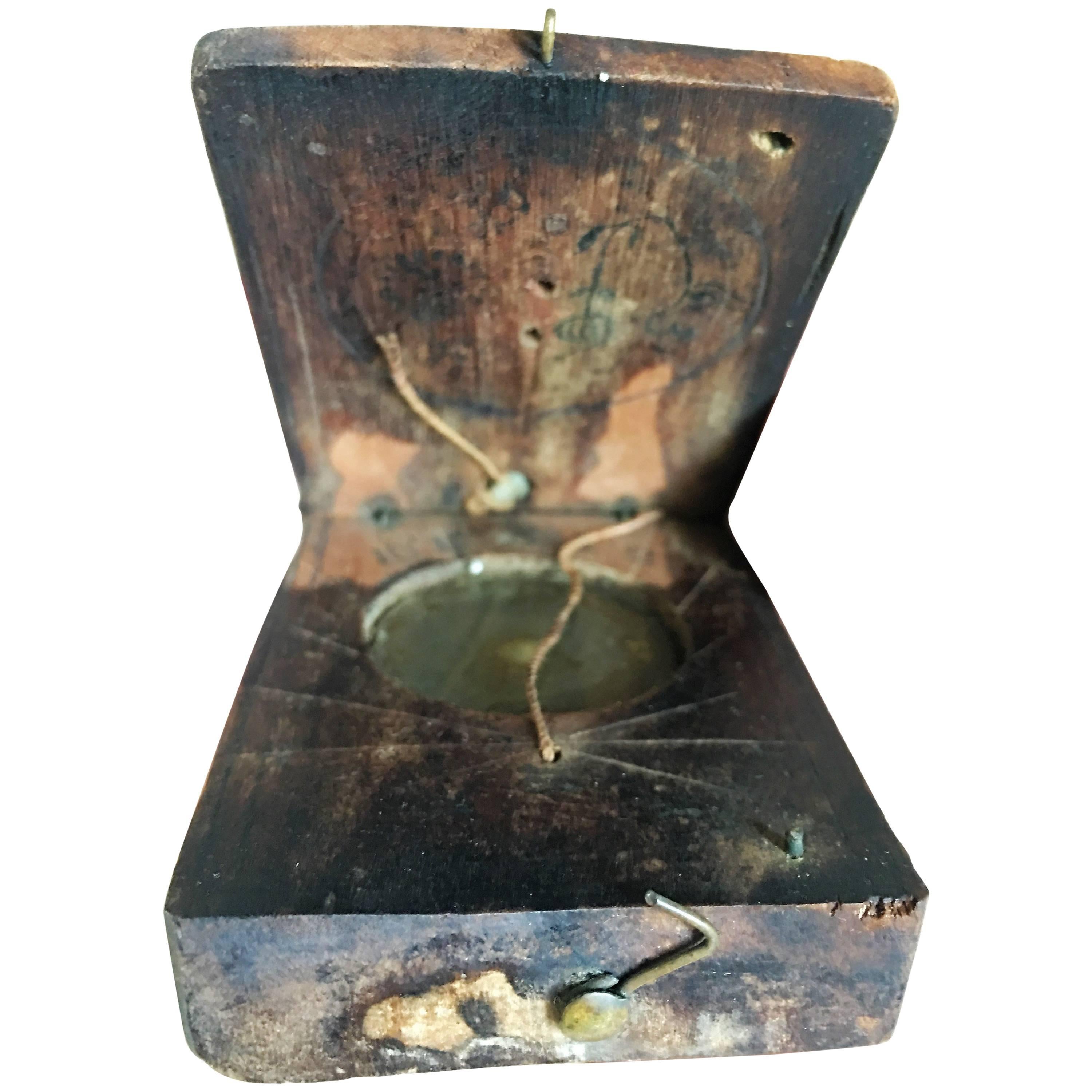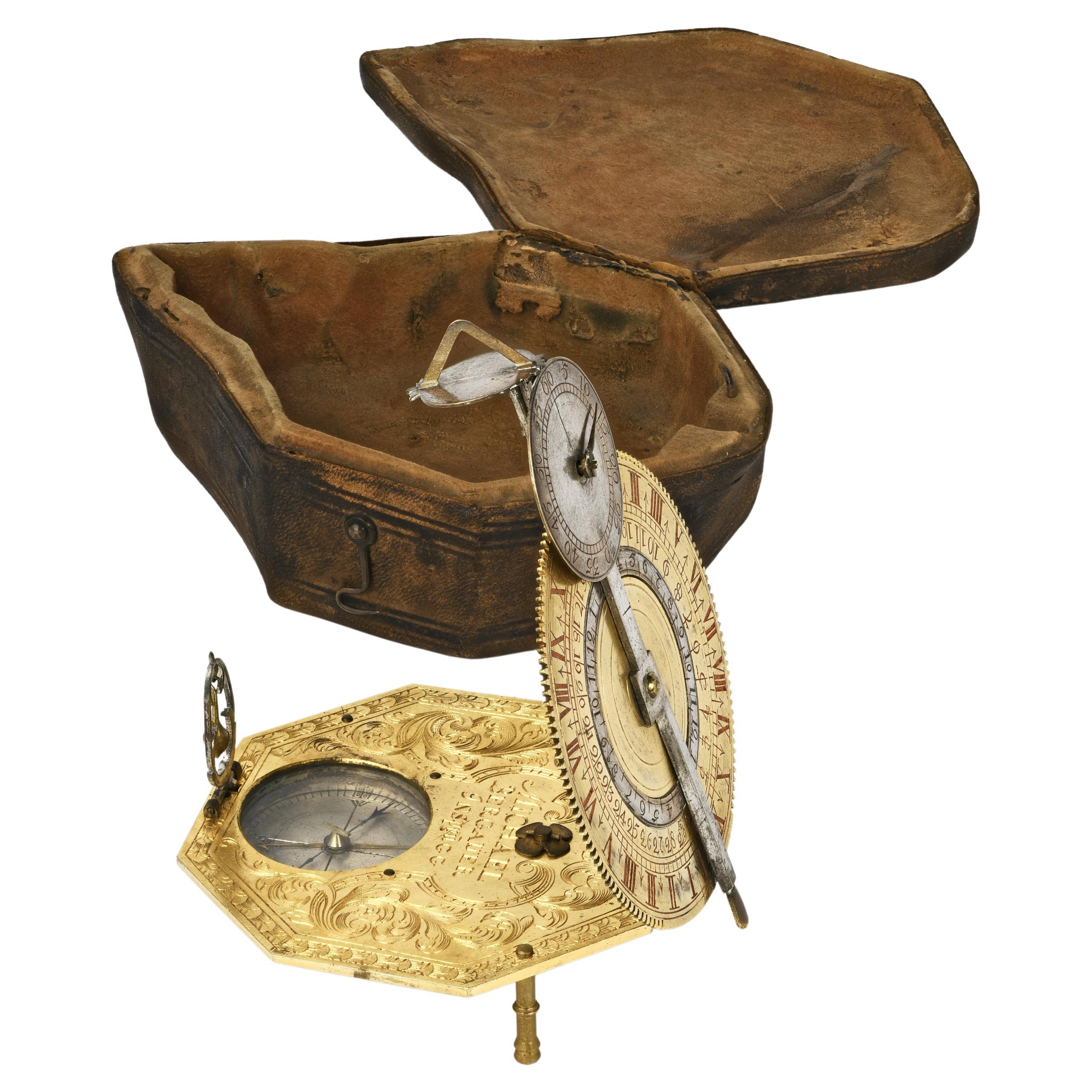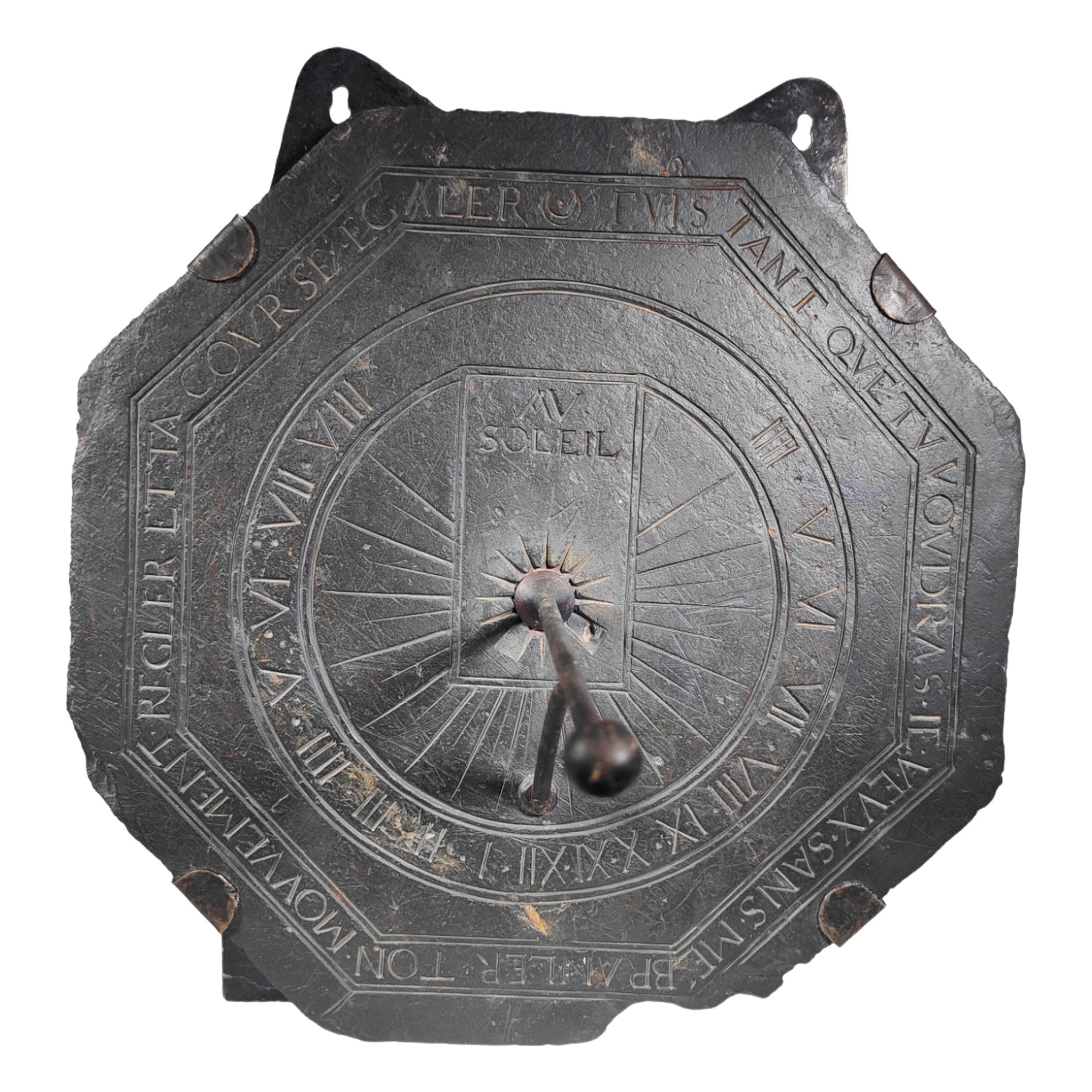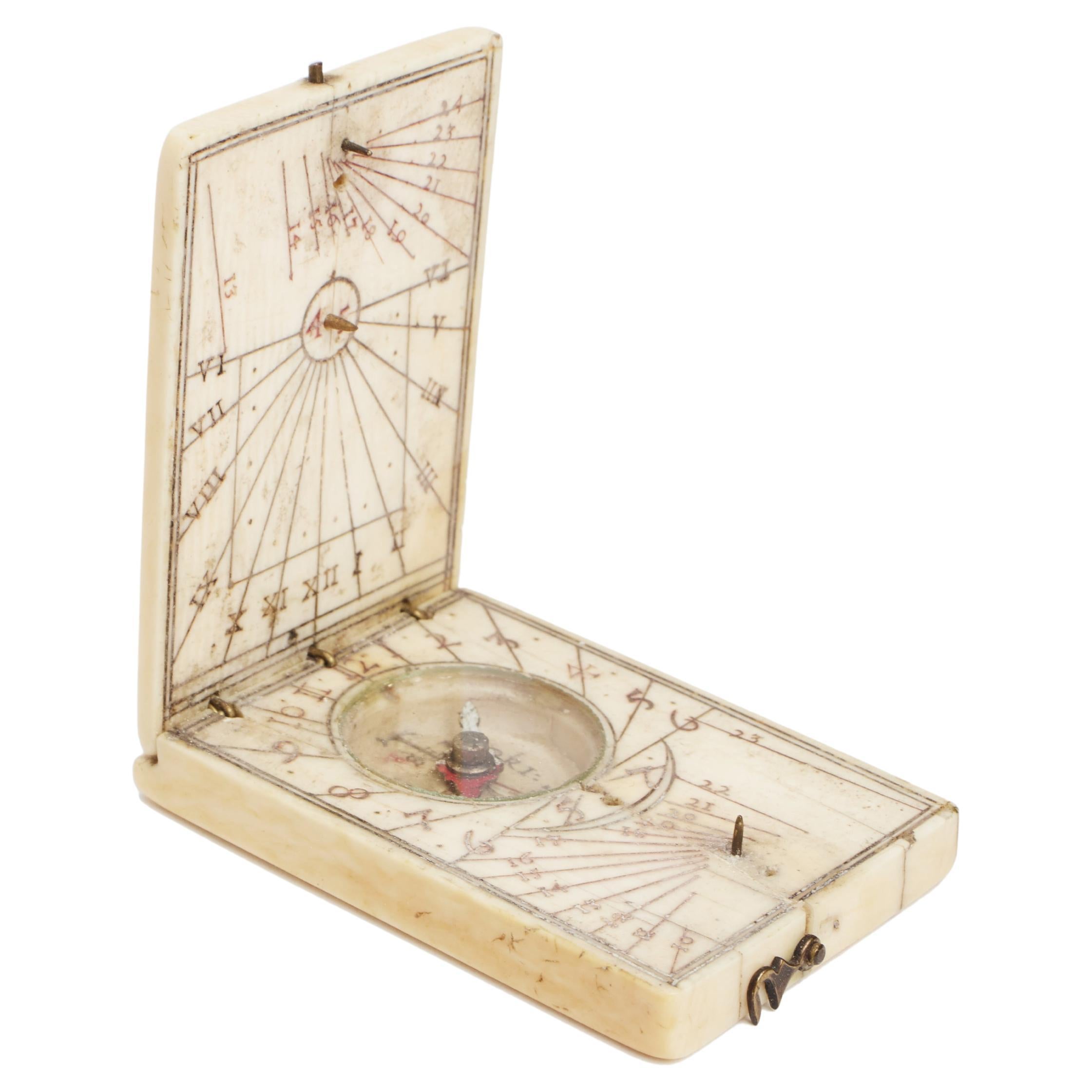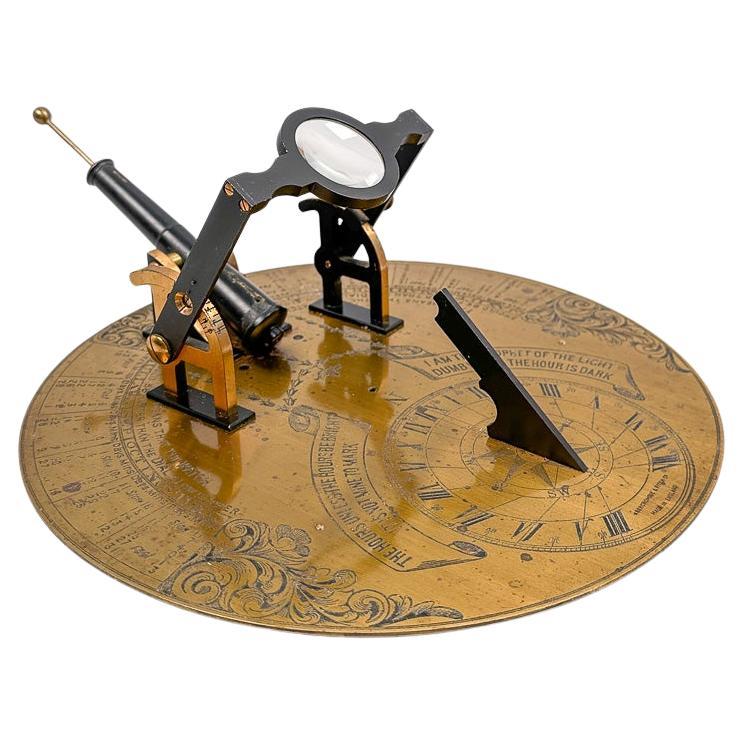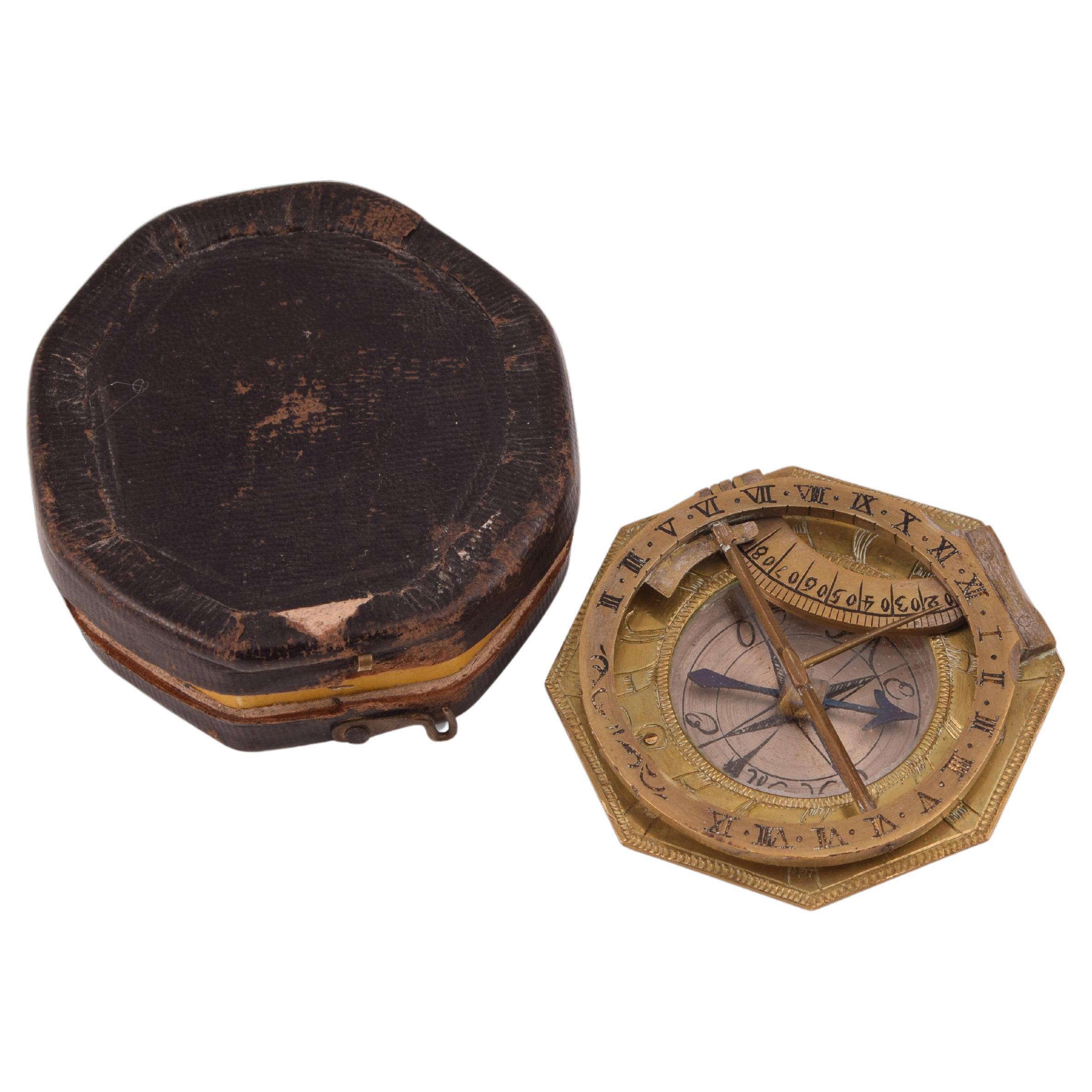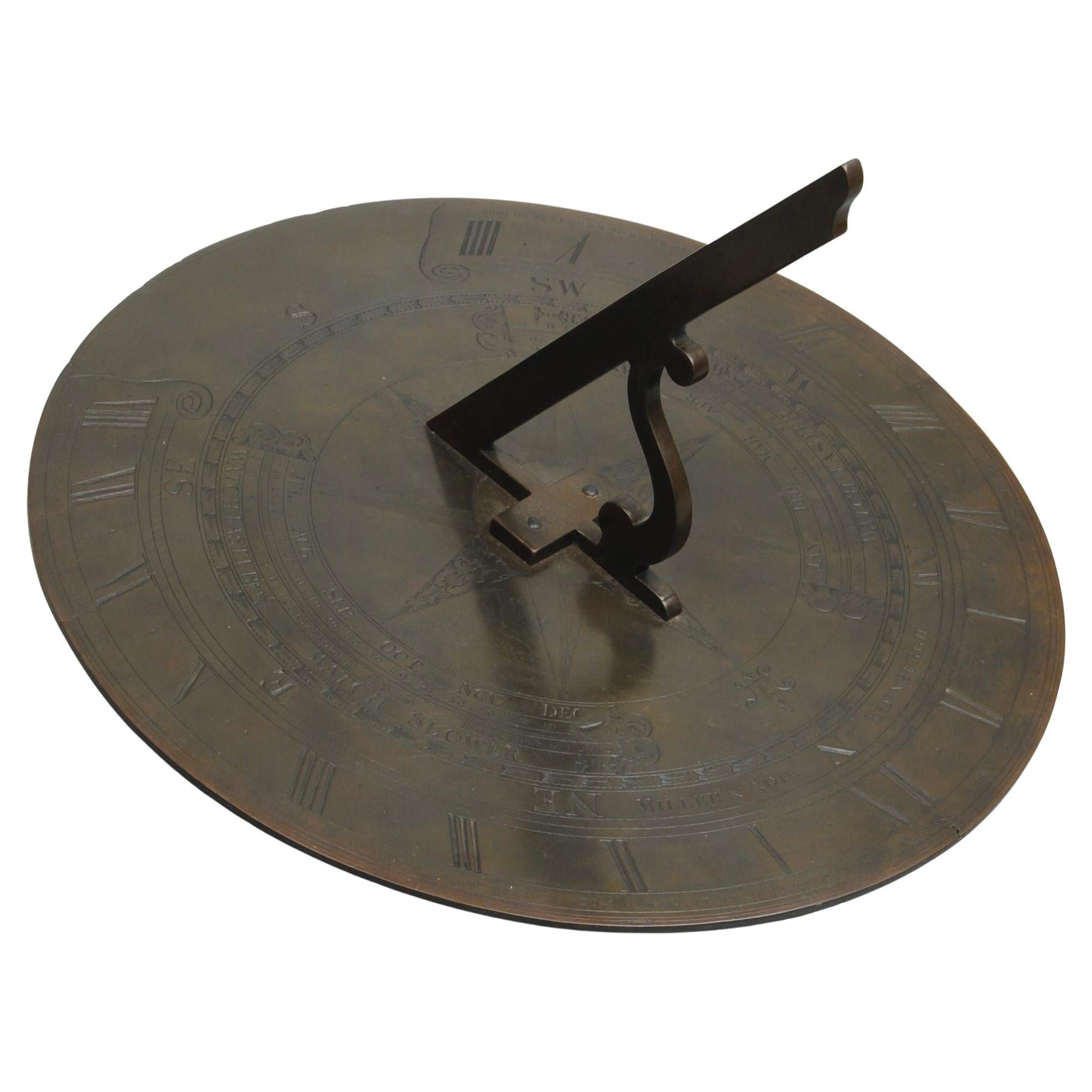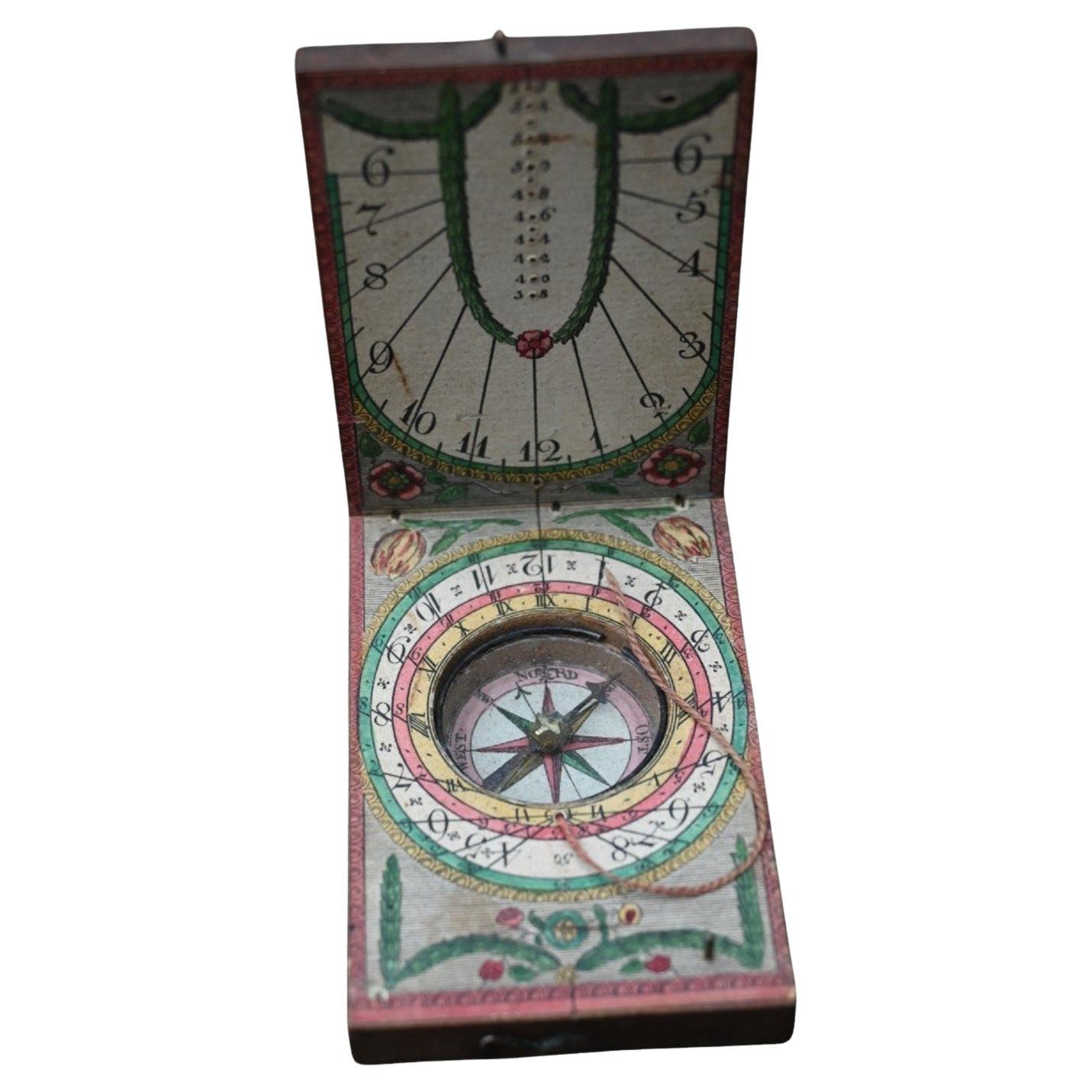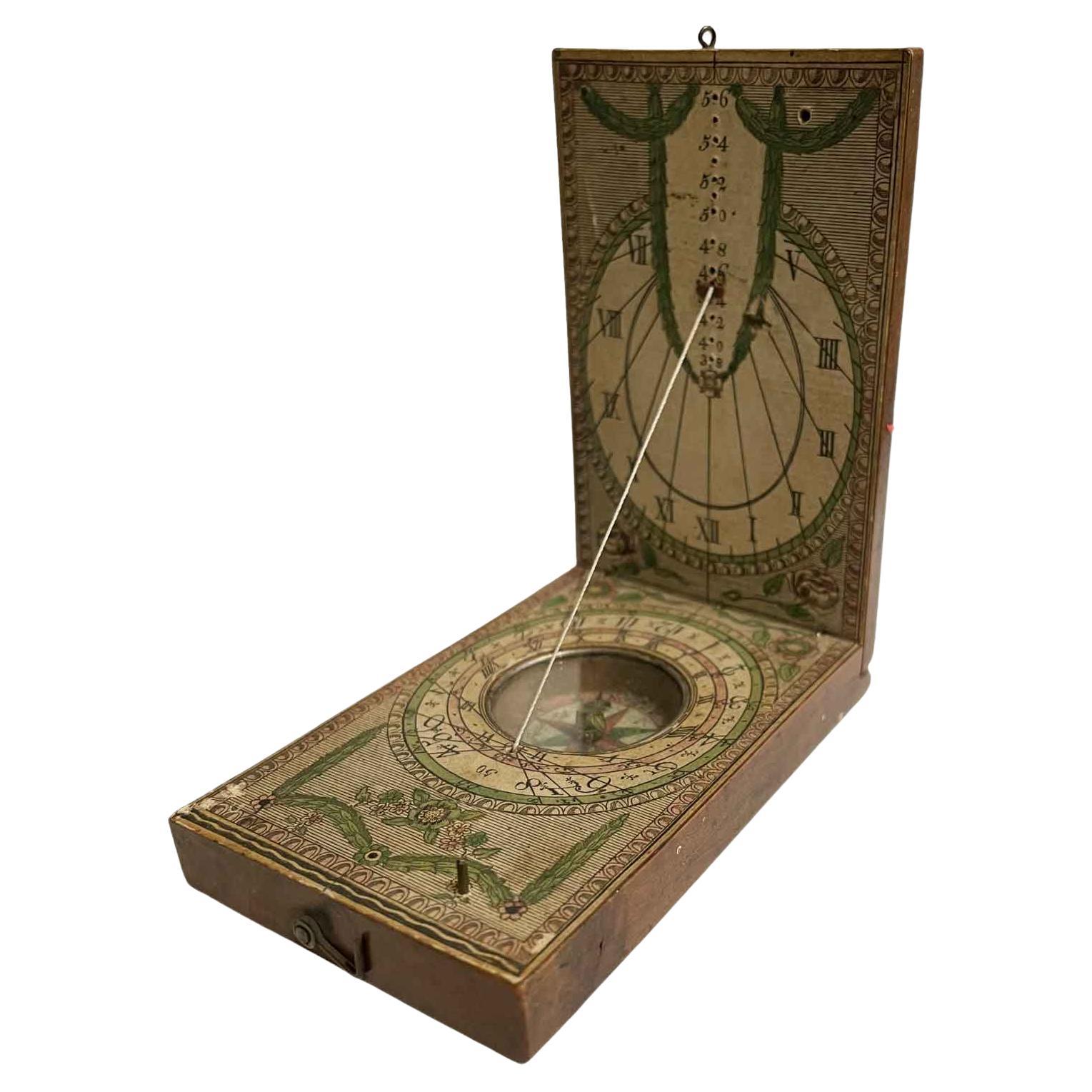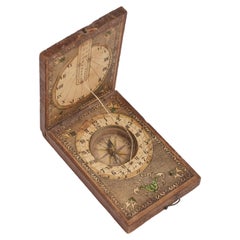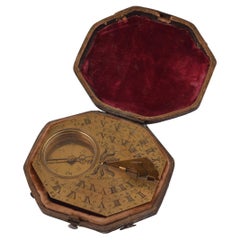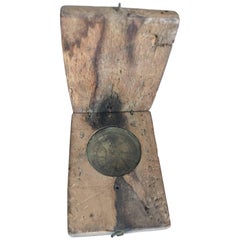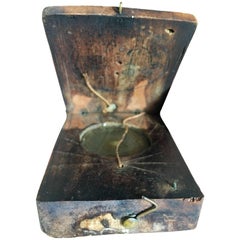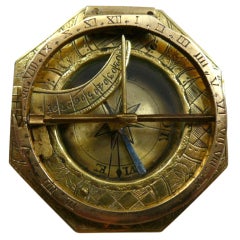
Equinoxial Pocket Sundial
View Similar Items
1 of 10
Equinoxial Pocket Sundial
$1,676.84List Price
About the Item
- Dimensions:Diameter: 1.89 in (4.8 cm)
- Materials and Techniques:
- Period:
- Date of Manufacture:XVIIIe
- Condition:Very good condition.
- Seller Location:Nice, FR
- Reference Number:Seller: Réf : 12721stDibs: U12051093594
Authenticity Guarantee
In the unlikely event there’s an issue with an item’s authenticity, contact us within 1 year for a full refund. DetailsMoney-Back Guarantee
If your item is not as described, is damaged in transit, or does not arrive, contact us within 7 days for a full refund. Details24-Hour Cancellation
You have a 24-hour grace period in which to reconsider your purchase, with no questions asked.Vetted Professional Sellers
Our world-class sellers must adhere to strict standards for service and quality, maintaining the integrity of our listings.Price-Match Guarantee
If you find that a seller listed the same item for a lower price elsewhere, we’ll match it.Trusted Global Delivery
Our best-in-class carrier network provides specialized shipping options worldwide, including custom delivery.You May Also Like
: Wooden pocket diptych sundial Ernst Christoph Stocket. Germany 1780 - 1811.
Located in Milan, IT
Wooden pocket diptych sundial Ernst Christoph Stocket - type, Bavaria. A folding wooden sundial is partially covered in paper with engraved/printed decorations and text. A compass is...
Category
Antique Late 18th Century German Scientific Instruments
Materials
Wood, Paper
Compass with Pocket Sundial, with Case, Bronze, Butterfield, Michael '1635-1724'
Located in Madrid, ES
Compass with pocket sundial, with case. Bronze. BUTTERFIELD, Michael (1635-1724). Paris, circa 1700.
Pocket sundial made of engraved metal, with a gno...
Category
Antique Early 18th Century French Neoclassical Scientific Instruments
Materials
Metal, Bronze, Other
19th Century, Compass and Sundial Together
Located in Miami, FL
19th century, compass and sundial together.
Category
Antique Late 19th Century French Baroque Scientific Instruments
Materials
Wood
19th Century Compass and Sundial Together
Located in Miami, FL
19th century compass and sundial together.
Category
Antique Late 19th Century French Baroque Scientific Instruments
Materials
Wood
Mechanical Equatorial Sundial, Johann Michael Bergauer, Ante 1745
By Johann Michael Bergauer
Located in Milano, IT
Johann Michael Bergauer (Simonsfeld, 1676 - Innsbruck, 1745 circa)
Mechanical equatorial sundial
Signed: Michael Bergauer Insprugg? Innsbruck?
Ante 1745
Gilded and silvered brass; glass.
Measures: closed 1.29 x 3.50 x 4.92 in (33 x 89 x 125 mm); open 5.19 x 3.50 x 3.81 in (132 x 89 x 97 mm).
Weight: the sundial 0.49 lb (224 g); the case 0, 20 lb (95 g)
Original wooden case covered in brown leather.
State of conservation: very good. It has some signs of use. The spring that allowed for the two parts of the instrument to remain open is missing (absent even in the comparative specimens kept in museums).
The sundial is composed of two overlapping plates hinged together on the north edge.
The base plate is octagonal and is supported by three turned legs. The upper face is gilded and a compass with a magnetic variation index has been inserted. The rest of the surface is occupied by a rich decoration of engraved scrolls, centered around the inscription “Michael Bergauer Insprugg”. A foldable oval support with a plumb-bob is attached with a hinge on the southern edge. On the reverse of the base plate a table of the latitudes of some European cities (expanded with the vertical writing “Meiland 40” on the edge and “Rome” deleted) and of Jerusalem has been engraved. A Cam marked for 0 °-70 ° is applied near the northern edge. This can be adjusted to change the inclination of the upper plate according to the latitude; originally a spring, now lost, made it possible to keep the two plates of the clock open.
The second plate is round, has a toothed edge and measures 3.26 in (83 mm) in diameter: it is slightly smaller than the octagonal base which it rests upon and overlaps when the instrument is closed.
The recto is gilded and there are three concentric graduated circles engraved on it:
- the outermost is the equatorial hour dial, numbered I-XII, I-XII;
- the second-one is that of days 1-30 of the lunar month and has “Aetas lunae” engraved on it;
- the third, silvered, is a subsidiary hour dial, with double numbering 1-12; originally it could have been rotated.
The engravings of the first two circles are enameled in red.
In the center - on the polar axis - there is an alidade, at the end of which is associated the silvered minute dial. This, in turn, is welded, perpendicularly, to a small disc, also silvered, with a triangular gnomon. The plate, alidade and minute dial are connected to each other by toothed mechanisms.
Below is the procedure for measuring the time:
1) Adjust the Cam under the base of the clock, based on the latitude of your location;
2) Place the watch on a flat surface using the plumb-bob and with the side closest to the compass facing south;
3) Keeping the instrument still, manually rotate the alidade until the shadow cast by the triangular gnomon on the small silvered disc falls on the line marked below it;
4) The hour and minutes can therefore be read on the hour and minute dials set on the alidade respectively.
Johann Michael Bergauer, who sometimes only signs his works as Michael Bergauer, was born in Simonsfeld, north of Vienna. His apprenticeship as a watchmaker took place in Landshut and he probably worked as a laborer in Augsburg before becoming a watchmaker at the court of Karl Philipp von der Pfalz in Innsbruck in 1708. In the following years, his repeated attempts to obtain Innsbruck citizenship are documented and, in 1721, he is listed as a resident. In 1724 he was admitted to the guild of watchmakers, with which however he had continuous problems. In 1732 he presented a "masterpiece". This is the last reference to his business; he must have died before or in 1745 because in that year his widow appealed to the City Council.
The mechanical sundial...
Category
Antique 1730s Austrian Baroque Scientific Instruments
Materials
Brass
Large 17th Century French Slate Octagonal Sundial
Located in Madrid, ES
A Large 17th century French Slate Octagonal Sundial
With wrought iron gnomon and profusely engraved with latin letters.Size:39x39 cm.With latter hanging ...
Category
Antique Mid-17th Century Scientific Instruments
Materials
Slate
$2,155 Sale Price
20% Off
Recently Viewed
View AllMore Ways To Browse
Antique Compass Sundial
Antique Brass Sundials
Pocket Brass Compass
Antique Brass Sundial Compass
Antique Pocket Sundial
Pocket Sundial
Antique Pocket Sundial Compass
Mahogany Banjo Barometer
Paper Mache Anatomical
Stick Barometer
Vintage Electrical Instruments
Antique Brass Postal Scale
Antique Kodak Folding Cameras
Antique Stick Barometer Scientific Instruments
Barograph Antique
Barometer 1820
Antique Brass Binoculars
Boxed Boat Compass
